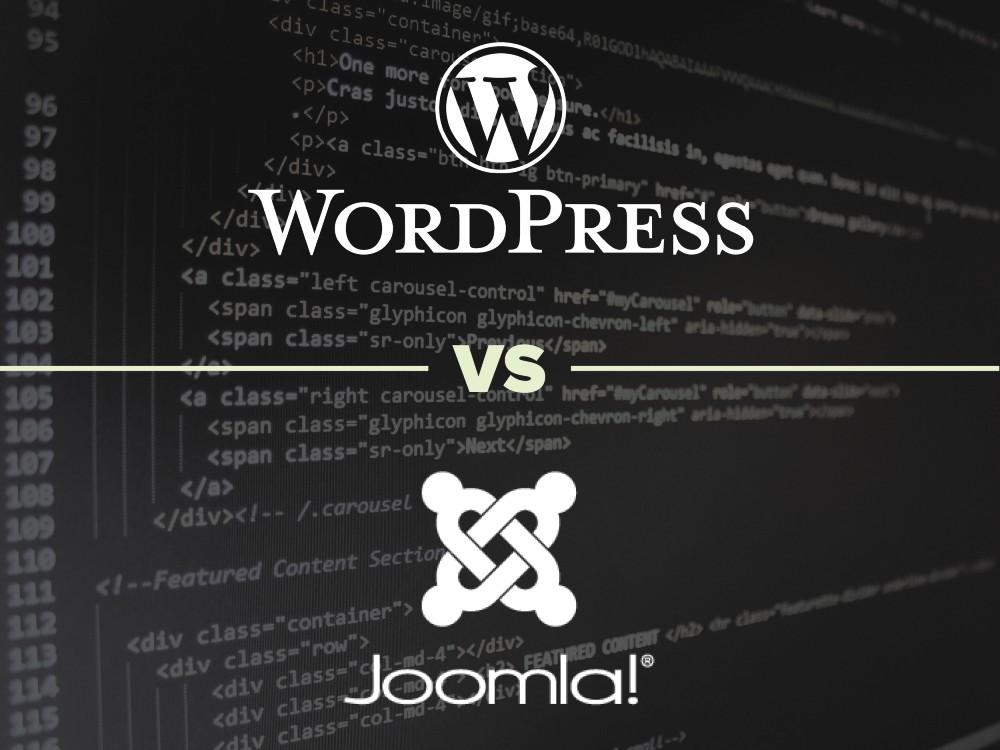Blog

Are you in need of a new website? Whether you are starting a new business or need to give your current website a facelift, it is important to have a solid plan in place before starting the website design process. Here are a few important aspects to think about when it comes to website design and development.

The concept of "My Story" started a few years ago when Snapchat started the story concept. Ever since then, other platforms like Facebook, Instagram, and even YouTube, have done the same. While stories started off as a feature mainly used by individuals, that has changed. Companies have found a purpose for stories, including keeping their customers engaged and connected outside of their normal organic postings.
Some of the benefits of using stories for business include:
- Increased brand awareness
- Constant engagement with followers
- Cost-effectiveness
- Increased traffic to your web page
- Opportunity to reach younger audiences

We are about halfway through 2020 and no one could have predicted the events of this year. From a nationwide pandemic to important political and social movements, 2020 for better and worse has not been what we expected.
What we know:
- Customers appreciate honesty and facts. Your consumer wants to be able to go into your store or onto your website and know what you stand for, your values, and company mission. Be open about your brand and the customers you value will reward you by shopping your products or using your services.
- Communication remains incredibly important. Along with honesty, communication has never been more important. Being silent is not the answer during a crisis. Customers want to hear from you. This is a good time to update your customer database so you have an up-to-date email list to use to talk to your customers on a regular basis.
- Loyalty is more important than ever — especially to brands. Even when money is a little tighter, customers vote with their dollars. Being a brand that your customers can be proud of will encourage loyalty. Consider rewarding your customers who have stuck with you these past few months with specials, coupons, or some sort of token of gratitude.

At Addison Clark, we believe in the importance of continually refining our processes to optimize our efficiency and quality of work. As we, along with other businesses, begin the process of returning to our “old normal” in the coming weeks and months, we have been reflecting as a team on the changes we have made as a result of the coronavirus pandemic and which of those changes we want to bring with us as we return to our “old normal.” For us, returning to our “old normal” looks largely like transitioning from remote working to working in the office and resuming in-person client meetings. For our clients, this transition can mean a number of things. Whether your business experienced minor or major disruptions to business over the past several months, consider what aspects of ‘business as usual’ work well and what processes can be further improved upon. Optimize your business for success by continuing to evaluate and improve upon your processes on an ongoing basis, even after you have returned to ‘business as usual.’
Here are some of the areas that benefit from continual process improvement:

We asked Whitney, one of our senior account managers, some marketing questions. Here's what she had to say....
1. What’s the best piece of marketing advice you’ve ever heard?
Offer value to people. Consumers are selfish creatures and they want what is useful to them. Sometimes that comes in the form of free content, education, inspiration, tips, etc. The more value you offer, the more people will buy what you have to give.
2. Where do most people go wrong with their marketing?
When they try to tackle too much. More is not always better in marketing. Businesses should focus on the marketing avenues that are most likely to reach their target audience and produce the best results for their specific goals. This may mean saying no to what’s popular or trendy at the moment.

A web platform is a system that you use to create and manage your website. In the past, building websites was a lengthy process that required separate creation of each page using HTML, CSS, and JavaScript. With the addition of more dynamic tools, skilled web developers created systems that made it possible to create pages with less input and more functionality. Joomla and WordPress are two of these advanced systems that are frequently used for web development. Below, we discuss the pros and cons of both over a variety of important categories.

The current pandemic has taught us many things, but one of the most important things we have learned is how quickly things can change. While things can be uncertain, you can offer your customers stability and clarity by keeping the channels of communication open. Whether your business is having to close, adjust hours, re-open in phases, or anything in between, being able to quickly and easily communicate with your customers is key.
Here are a few platforms we recommend using to do that:

“No product is an island. A product is more than the product. It is a cohesive, integrated set of experiences. – Don Norman
One of the most effective ways companies can differentiate themselves from competitors is not through pricing strategies or product innovation, but through a unique and seamless user experience. The user experience begins from the moment a customer first encounters a product or service and continues through the journey of acquiring, using, and maintaining a product. Whether through online banking, scheduling an appointment, or searching for local services, user experience is an essential component in the creation and execution of digital marketing strategies.
User Experience (UX) Design is the process designers use to create this seamless experience. It is user-centric and relies on a deep understanding of a customer - what motivates them, what their values are, their limitations, and more. By thinking like the customer, companies can deliver an experience that builds and maintains a loyal customer base and sets them apart from competitors.
There are several reasons to incorporate UX design as part of your digital marketing strategy.

It's no secret that we live in a digital world. This has become even more obvious over the past few months as businesses and consumers alike have transitioned to a more virtual way of life. While it has always been important for your business to be visible on social media, it has become imperative during these times of social distancing.
A recent survey of 1000 consumers and 500 businesses showcased the influential role that social media plays in consumers' buying decisions. Interestingly, the report showed a wide variance in social media platform preference among different generations. This is why it is so important to make sure you're optimizing your social media presence on the platform your target audience uses. The flashiest TikTok video is not likely to reach your Baby Boomer customer.

In light of canceled marketing events and less face-to-face interactions, utilizing video messaging is a great way for you to connect with your customer base during this time. Consumers crave authenticity and even more so during times of uncertainty. Video is a way to speak directly with your customers, share a genuine message, and keep your business top of mind. Luckily, video doesn't have to be intimidating or involve costly production sessions. If you have extra time on your hands these days, now is a great opportunity to work on your video presence.
Subcategories
Like what you read? Want to see more blog posts?
Have a marketing question? Want to talk?


